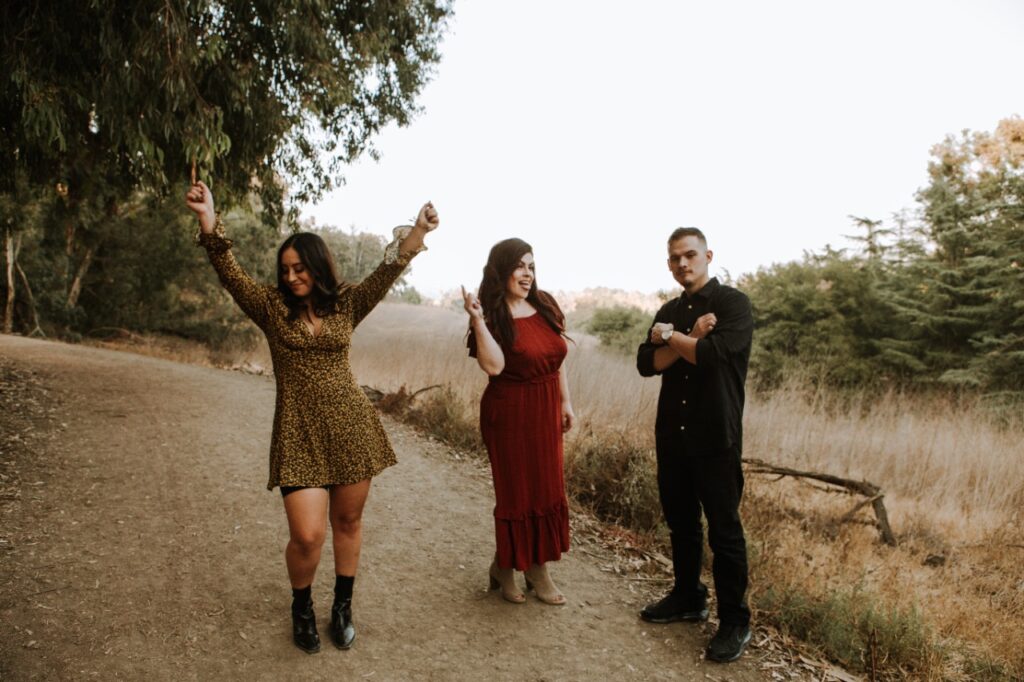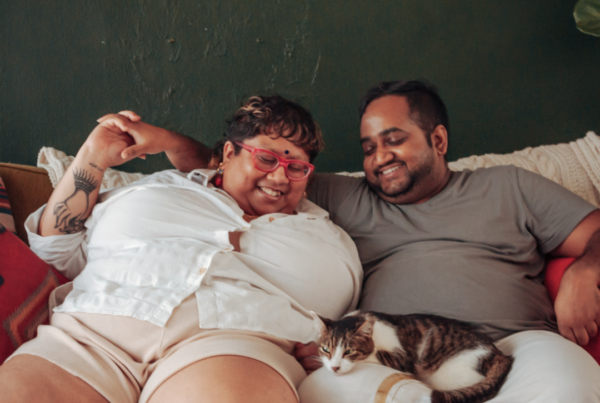Disclaimer: The author is not aromantic and is presenting this article after much research and conversation with aromantic individuals. They also welcome further discussions on this topic and corrections to the information presented, if any.
Aromanticism is a spectrum of romantic orientations characterized by experiencing little to no romantic attraction. Aromanticism is sometimes included in the expanded LGBT initialism LGBTQIA+, where the letter “A” stands for asexual, aromantic, and agender.
Intimacy isn’t limited to any one form. Be it a parent-child relationship, siblinghood, romantic relationships, friendships, mentor-mentee relationships, community relationships, and so on, intimacy can be expressed in many different ways.
So why is it that when we think of intimacy, only the romantic kind comes to mind?
Romantic relationships are afforded greater importance in society. While the ancient world saw love as a kind of illness that could potentially harm society (Romeo & Juliet was a health advisory against romantic love), the Industrial age was when people no longer needed to marry for convenience or connections. Combine this with the rise in the importance of the individual over the community (thanks to capitalism), and you have a world that could now choose to value romance over everything else. The result? A monogamous society that idealizes romance over every other relationship. Just take a look at the societal privileges offered to couples. From joint bank accounts to the ease of taking out loans or renting apartments, to the privileges of being a couple socially, most of our society is geared towards romance as the ultimate end goal for all individuals.
 What about aromantics then? What does society expect from them?
What about aromantics then? What does society expect from them?
“I used to feel this intense pressure to date people, even when I had zero interest in the same. When we were teenagers, and people would giggle and talk about their crushes in whispers, it felt like I was missing out on something. I dated a lot of people in my twenties, even when I had no actual urge to be in a relationship. All the serious relationships ended with us in relationship counseling while I desperately tried to explain that my definition of love was different from theirs. It was like the world could not accept that I liked being alone. Did I love my partners? Yes. But it was never romantic. I loved them for who they were as people and what experiences they brought into my life, but my friendships have always been far more enriching. My friendships, my family and my equation with every individual in my life is inherently special, you could call it a broader kind of polyamory,” says M, a dear friend of mine, who is still in the closet as an aromantic.
According to the split attraction model, aromanticism is equivalent to romantically oriented asexuality. However, aromantics can identify with any sexual orientation without giving up their aromantic identity.
Aromantics are emotionally content without a romantic partnership. They often experience love and affection in forms other than romantic relationships, as love can come from family, friends, co-workers, and sexual partners. Moreover, the difference between romantic and non-romantic feelings and behaviors can vary between individuals and cultures. That is, a romantic gesture towards one person may not be romantic towards another, regardless of their romantic orientation or lack thereof. Their relationships are not less valid than your typical cishet or queer relationship.

“I want people to know that we can fuck, kiss, marry, enjoy cuddling, and even co-habitate polyamorous/polysexual relationship structures. There’s an inherent assumption that aromantic relationships are devoid of feeling, which makes dating quite hard. If you ask me, the only people who’ve understood this so far are my really close friends, all of whom are queer and my cats. And if they can understand it, then so can the average person out there,”says P. P has struggled with being an aromantic male in Indian society, for the three years that I’ve known him.
“There is an intense pressure to be romantic, to flirt and go with the flow as a single man in my 20s. How do I explain to people that the thought of romance makes me throw up in my mouth? And the questions from relatives about marriage and children are already pouring in, adding to the never-ending headache of being aromantic in India. It makes me question if I have low libido or if I’ve simply grown tired of trying to date people who don’t understand aromanticism.”
Aromanticism works in different ways for different people, but these seem to be the few common signs my interviewees agreed on.
- Not finding the idea of romantic relationships appealing.
- Difficulty relating to stories about romantic relationships or finding them confusing.
- Having a physical attraction to people, but not developing crushes.
- May also present as not understanding why people behave the way they do when “in love”.
- Developing strong connections with other people, but not wanting to do things associated with romance (i.e. sharing a bed, kissing, holding hands).
- Not finding any or most romantic plots in books/movies/media interesting or needed.
“At the end of the day, we crave companionship just as much as anyone else, we like being social, and no, being around other people isn’t annoying. It’s just that being with an aromantic person is a trade-off from your traditional ideas of romance. It requires a lot of communication, understanding and patience,” says M.
Aromanticism isn’t a new fad. It’s the name for an identity that finally lets my friends be able to explain their core values of attraction in a simpler way. And it is valid.






I love this article! I’m aroace but mostly people only understand the part about being asexual and not about also being aromantic, I will be sharing this article with people I know and see if it could help them understand what aromantic is and what it means to individuals.
Thank you!